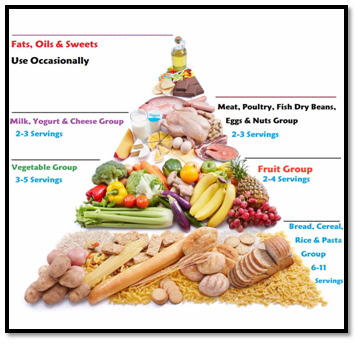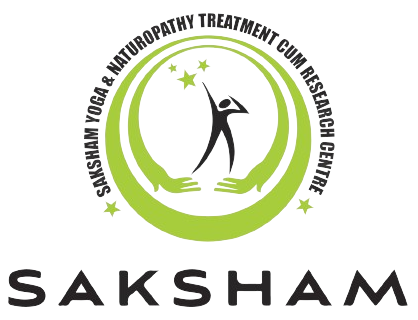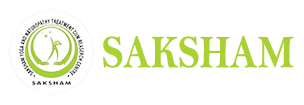- B1/1, Vasant Marg, Vasant Vihar, New Delhi, 110057
Treatment
Yoga
Yoga is a way of living and it helps in keeping the body, mind and soul healthy and hygiene.
The various practices in yoga,
Shatkriyas
Shatkriyas is a method of yogic hygiene and it also prepares oneself for the practice of yoga by making the body clean. The body is the tool and our 1st subject in experiencing how everything is connected. By “cleaning the tool” we make it more sensitive and thus have clearer observations.
The 6 cleansing practices, the shatkriyas clears the body by triggering the bodies automatic cleansing responses; defecation, urination, crying, coughing, sneezing, sweating etc.
The practices are,
1) Neti – jala and sutra neti – nasal and upper respiratory cleansing
2) Kapalabhati – lower respiratory tract cleansing
3) Dhauti – vamana, vastra and danda dhauti – upper gastro intestinal cleansing
4) Basti (or) yogic enema – lower Gastrointestinal cleansing
5) Nauli – middle Gastrointestinal cleansing
6) Trataka – clears vision
Shankaprakshalana – entire Gastrointestinal cleansing
Asanas
Asana is the way of getting a balance between ‘steady and comfort’ of the body.
Asana practice is considered important because it helps to keep the physical body healthy. Body is the vechicle for the soul.
Practising asanas can have a range of emotional and energetic benefits, increase discipline and concentration, and ready the mind for meditation. Asanas improves flexibility of the body, one may think that their muscles are active, but some asanas will stretch them in unfamiliar ways.
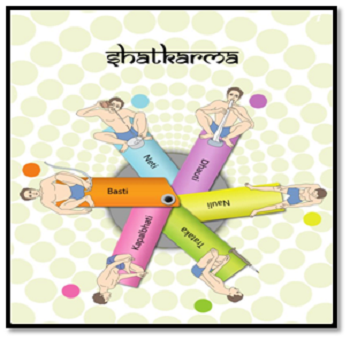
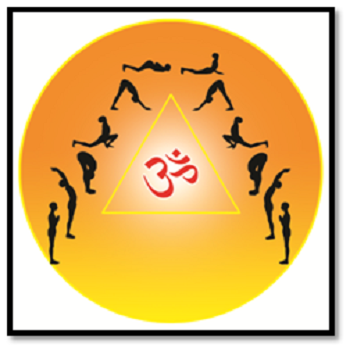
Classification of asanas based on the position of body and spine,
Standing asanas – feet firmly grounded and spine is straight.
Sitting asanas – buttocks lift/holds the upper trunk.
Prone asanas – lying down on the stomach.
Supine asanas – lying down on the back.
Balancing asanas – stability while holding the body in a specific position.
Twisting asanas – revolving spine left or right to the central axis of the spine.
Forward bend asanas – spine flexed in the forward direction.
Backbend asanas – arching back of the spine.
Pranayama
Breathing is something we do on a daily basis. The body, in a living state,breathes involuntarily whether we are awake, sleeping, or actively exercising. Breathing is living. It is the vital function of life.
In yoga, it is referred as pranayama which means extending or stretching of the life force and control of life force.
Every cell in our bodies needs oxygen to function properly and the regular practice of pranyama can decrease the effects of stress on the body and increase overall physical and mental health.
Mudra
Mudra is used to signify a gesture, a mystic position of the hands, a seal or even a symbol. There are eye positions, body postures and breathing techniques that are called mudras.
It can effectively engage & influence our body and mind by bending, crossing, extending, or touching the finger with other fingers.
Bandha
Bandha means to lock, closs-off, to stop. In the practice of bandha, the energy flow to a particular area of the body is blocked. When the bandha is released, this cause the energy to flood more strongly through the body with an increased pressure.
4 types of bandhas,
Jalandhara bandha – chin lock
Uddiyana bandha – abdominal lock
Moola bandha – anal lock
Maha bandha – practice of all 3 bandhas at the same time.
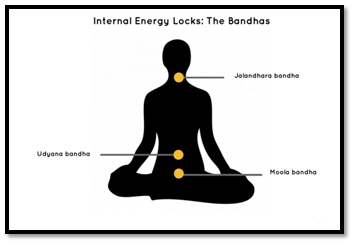
Meditation
Meditation is the mind – body practice in complimentary and alternative medicine (CAM). Generally a person who is meditating uses certain techniques, such as specific posture, focussed attention, and an open attitude towards distraction.
Meditation may be practised for many reasons, such as
To increase calmness & physical relaxation,
To improve psychological balance,
To cope with illness such as anxiety, stress, pain, depression, insomnia, and other physical or emotional symptoms that may be associated with chronic illness ( such as heart disease, HIV/AIDS & cancer ) or
To enhance overall health wellbeing.
Benefits of yoga
Physical benefits of yoga
1. Helps in weight loss
2. Prevents premature aging
3. Maintain strong spine
4. Brings flexibility in muscles
5. Improves sleep quality
6. Enhance hair growth
7. Improves sexual function
9. Helps women during pregnancy & menstrual cycle
10. Yoga breathing techniques glows the skin
11. Strengthens the bones
12. Strengthens immune system
13. Increases oxygen intake
14. Boost blood circulation
15. Better heart health
16. Increase metabolism
17. Lowers blood pressure
18. Increases pain tolerance
19. Balance hormone secretion
20. Balance pulse rate
21. Lowers the blood glucose level
22. Minimizes the risk of diabetes
23. Alleviates COPD
24. Reduces heart diseases
25. Decreases risk of osteoporosis
26. Reduces risk of aizheimer’s
27. Lowers the risk of stroke
28. Helps in quitting smoking
Mental benefits of yoga
1. Uplifts mood
2. Stress buster
3. Brings positivity
4. Calms the mind
5. Reduces negative emotions & increases happiness
6. Makes emotionally strong
7. Boosts confidence
8. Increases gray matter
9. Improves concentration
10. Boosts memory
11. Quick reaction time
12. Drives focus
13. Makes mentally tough
Spiritual benefits of yoga
1. Enables self-acceptance
2. Better social skills
3. Teaches self-control
4. Instills emotional sensitivity
5. Awakens kundalini
Naturopathy
Message
Message is essential for preserving health. It aims at improving the blood circulation and also at strengthening bodily organs. In diseased conditions necessary therapeutic effects can be obtained through specific techniques of Message in order to overcome different disease symptoms.
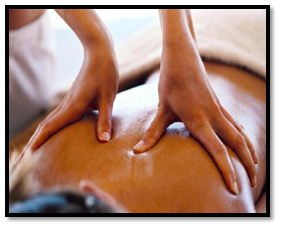
Benefits
Reduced muscle tension
Improved ciriculation
Stimulation of lymphatic system
Reduction of stress hormones
Relaxation
Increased joint mobility and flexibility
Increased skin tone
Improved recovery of soft tissue injuries
Heightened mental alertness
Reduced anxiety and depression
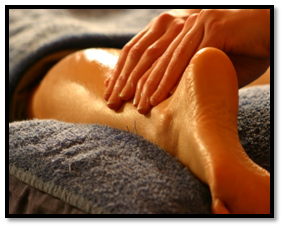
Mud therapy
Mud therapy is a simple and effective therapy for healthy living. Mud therapy is used for giving coolness to body. It dilutes and absorbs the toxic substances of the body and ultimately eliminates them from body. Mud therapy can be combined with heliotherapy ( sun therapy ) as its black colour absorbs all the colours of the sun and conveys them to the body.
Why mud is considered as therapeutic?
Mud may contain minerals like sulphur, zinc, magnesium, bromine.
They are said to:
o Draw out impurities from the skin
o Exfloiates dead cells
o Relax sore muscles and joints
o Improve skin conditions like eczema, psoriasis, urticaria and leprosy
o Relieves joint pain
o Promotes heat radiation
o Relieves inner congestion
o Relaxes the eye muscles and relieves eye irritation
Types of mud therapy
1. Direct mud application ( hot & cold )
o Full mud bath
o Partial mud application
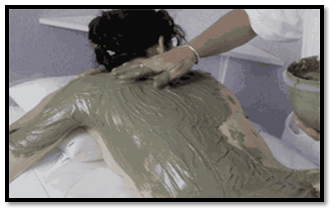
2. Mud pack
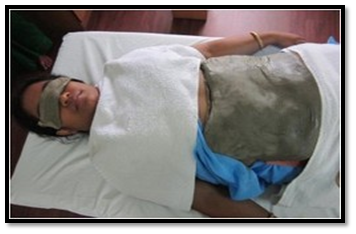
Hydrotherapy
It is the use of water, both internally and externally and at varying temperatures, for health purposes. It relies on its mechanical and thermal effects in order to induce healing. It takes advantage of body’s reaction to cold or hot stimuli, the pressure exerted by water, the protracted application of heat as well as the sensation of water. Theses sensation and effects are then carried deeper into the skin by nerves.
Methods of hydrotherapy
• Water drinking
• Enema
• Arm & foot bath
• Hip bath
• Immersion bath
• Hot and cold packs
Chest pack
Abdomen pack
Renal pack
• Fomentation
• Steam bath
• Facial steam
• Hot &cold compresses
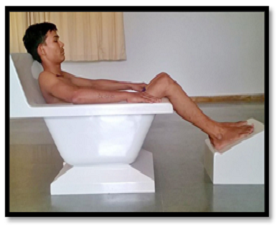
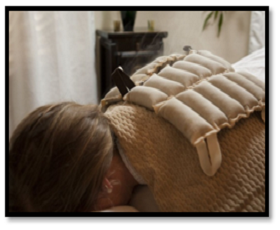
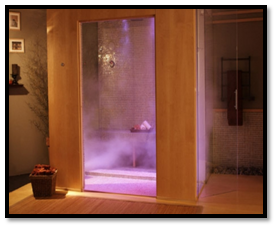
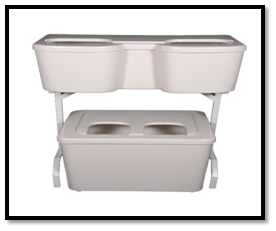
Benefits
• Water supports the weight which helps to relieve pain and increases the range of motion of the joints
• Warmth of the water allows the muscle to relax and eases the pain in the joints, helping to exercise and increases flexibility
• The water can be used to provide resistance to moving the joints. By pushing the arms and legs against water and thus improves muscle strength
• Management of acute and chronic pain
• Rehabilitation for pre- and post- joint replacement surgery
• Assists in weight loss|
• Fights fatigue
• Aid in relaxation and lowers stress levels
• Improving digestion
• Increases circulation
Water drinking
Warm water drinking
o Improves digestion
o Detoxifies your body
o Relieves nasal congestion
o Combats pain
Cold water drinking
o Excellent post-workout drink
oCombats heat stroke
o Aids in weight loss

Exercise therapy
Exercise therapy is a regimen or plan of physical activities prescribed to facilitate the patients to recover from diseases and any conditions, which disturb their movement and activity of daily life or maintain a state of well being through neuro re-education, gait training, and therapeutic activities.
A systemic execution of planned physical movements, postures, or activities intended to enable the patients to
• Reduce risk
• Enhance function
• Prevent impairment
• Optimize overall health
• Improve fitness and well-being
• Promotes patient’s independence through the use of home management, self management exercise programs, and patient-related instruction.
Acupuncture
Acupuncture is a method of encouraging the body to promote natural healing and to improve functioning. This is done by inserting needles and applying heat or electrical stimulation at very precise acupuncture points.
What is an acupuncture point?
Acupuncture points are the specific sites through which the energy (qi – in chinese terms), of the channel (meridian) flows and is transported to the body surface.
Acupuncture is widely used for all conditions in the body.
• Some like arthritis,
• Headache & migraine,
• Back pain,
• Toothache,
• Fibromyalgia,
• Nausea,
• Gastric problems and so on.
How acupuncture works?
Acupuncture produces its effect on specific health conditions by acting on the brain and nervous system to release endorphins – natural painkillers and boost blood flow.
Why do you want to prefer acupuncture?
The hope of relieving pain and discomfort associated with other naturopathy treatments.
To stay away from pain medications and choose alternate methods to reduce the pain and discomfort.
It also have no or mild side effects.
Other ways of stimulating the acupuncture points
Acupressure – it involves pressing or massaging the acupuncture points to stimulate the energy pathways.
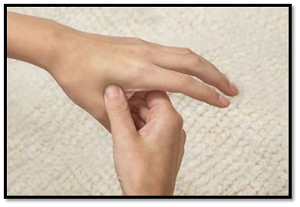
Moxibustion – it invovles the burning of moxa, a bundle of dried herb which can be used to heat the acupuncture needles or warm the skin.
Electroacupuncture – it adds electrostimulation to the needles.
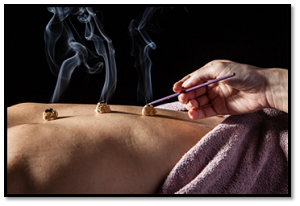
Reflexology
Reflexology is the practice of massaging, squeezing on the parts of the feet & hand with the goal of encouraging a beneficial effect on other parts of the body, or to improve general health.
It is given on the basis that the areas on the foot & hand corresponds to areas of the body, and that by manipulating these one can improve health.
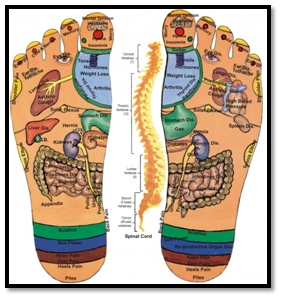
Wellness Programmes
Detoxification
A variety of detoxification diets, regimens & therapies sometimes called detoxes or cleanses have been suggested to remove toxins from the body, lose weight or promote health.
Detoxification programme may involve a single process or a variety of approaches. These includes
Enema
Mud pack
Steam bath
Kriyas
Message
Detox diet
Herb & juices
Pranayama
Slimming
Dropping weight doesn’t come easy but it does have some serious benefits,
Better sleep
Better hormonal balance
Better mood
Less joint pain
Clearer, brighter skin
Stress relief
Fewers cold
Improved memory
Increased life span
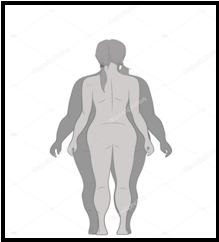
Skin, face and hair care
Changes in skin and hair can reveal a lot about your health. There are some important and easy actions one can take today to naturally get healthy skin and hair.
• Select best food to eat for healthy skin and hair.
• The benefits of drinking water.
• Limit exposure to harmful rays
• Reduce the effects of stress on skin and hair
Diet therapy
Today’s major health care problems are increasingly the result of acute and chronic conditions related to poor nutrition and/or over consumption.
Diet therapy promotes a balanced selection of foods vital for good health. By combining foods appropriate for each individual and drinking enough water, one can help maintain the possible health. Eating a proper diet is critical for the health of individuals, groups with special medical and dietary needs, and entire populations affilicted with malnutrition.
Individualized diet therapy can provide the patient important insight into food related illnesses and education regarding how various nutrients ( protein, carbohydrate, and fat ) affect illness, diseases, or obesity. Dietary therapy can be tailored to meet the treatment needs of patients on diagnosis of specific illnesses, can help reduce complications and/or side effects, can improve general well being.
Dietary guidelines
• Eat a variety of foods; let the food pyramid guide your food choices
• Control weight
• Be physically active each day
• Eat a diet low in saturated fat and cholestrol and moderate in total fat
• Limit intake of fats and oils high in saturation and trans fatty acids
• Eat a varierty of vegetables and fruits and whole grains
• Use salt and sugar in moderation
Types of diet
• Calorie modified diet
• Fibre modified diet
• Protien modified diet
• Low cholestrol diet
• Low fat diet
• Gluten free diet
• Low purine diet
• Low sodium diet
• Diabetic diet
• Acid ash diet
• Alkaline ash diet
Benefits of nutritional diet
• Healthy immune system
• Increased energy levels
• Balanced hormones
• Identification of food intolerance
• Improved digestive system
• Weight loss
• Improve skin conditions by removing toxins from the body
• Overall improvement in body functions
• De-stresses the mind
